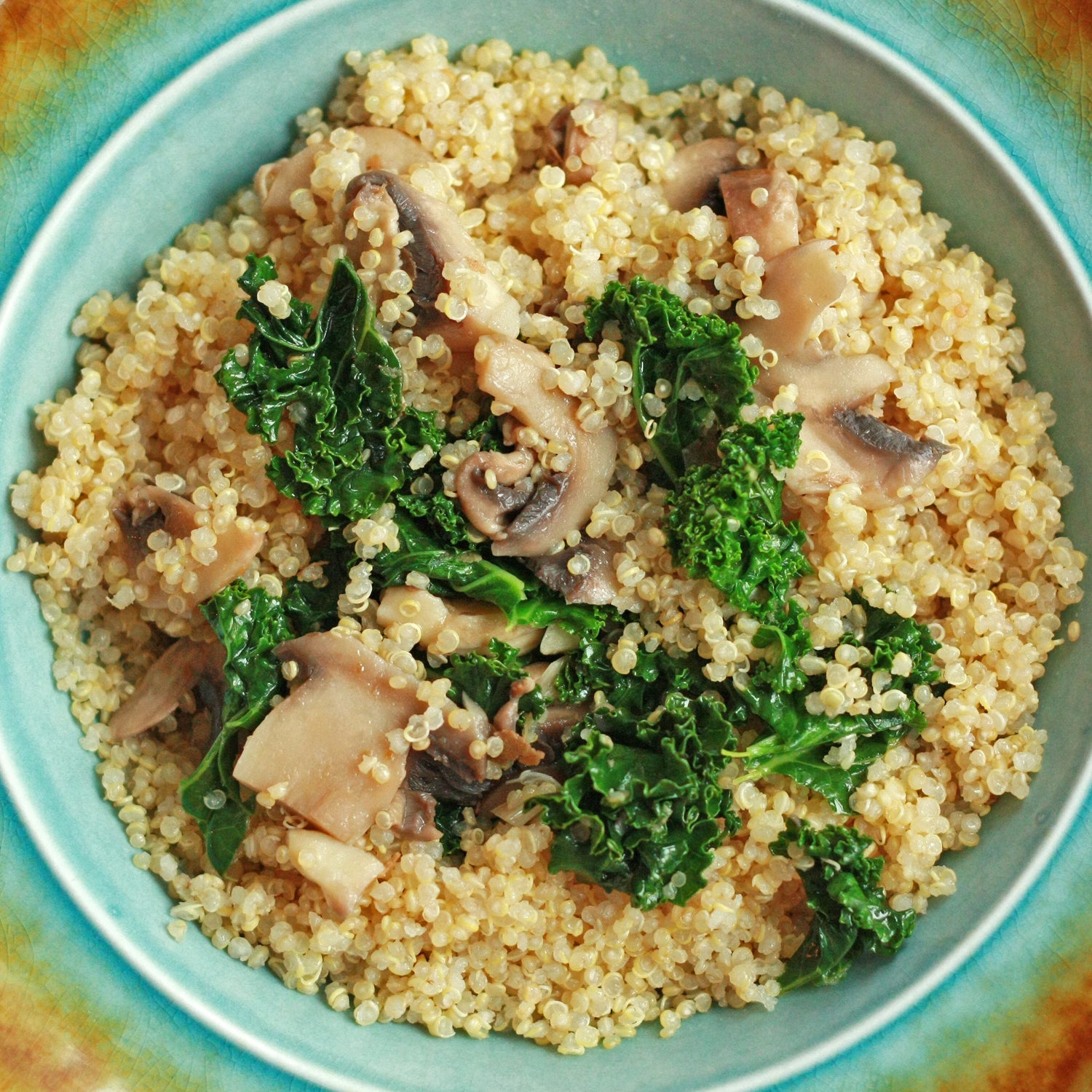The market is flooded with foods and supplements geared toward fitness fanatics—if you use the term “food” loosely, that is. From energy gels to protein powders to meal-replacement bars, you can find something packaged and processed (and usually, quite pricey) for every type of athlete, whether you’re an endurance runner or a power lifter.
Eating for athletic performance, however, shouldn’t just take place after the gym or right before a big event. It’s something you should be conscious of at every meal and every snack, say sports nutritionists Barbara Lewin and Jill Pluhar, and your strategy should involve more whole foods and natural nutrition than the factory-manufactured kind. Here, nine of their favorite eats for athletes, and tips on how to make the most of their nutritional benefits.
Quinoa
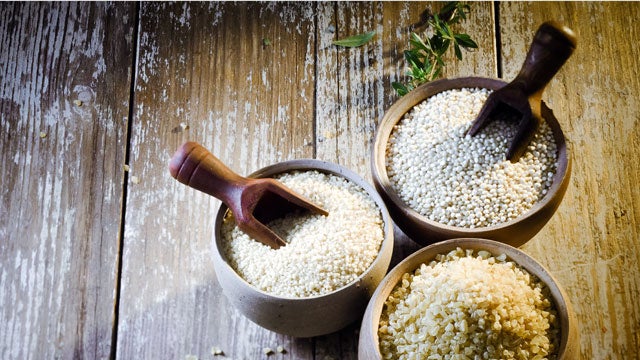
Although it’s really a sprouted seed, quinoa is usually considered a whole grain—and a super one, at that. It's got nearly twice as much protein () as other grains, and it’s one of the only foods to contain all nine essential amino acids our bodies need to build lean muscle and recover from tough workouts. Quinoa is also a great source of fiber and carbohydrates, says Barbara Lewin, R.D., a sports nutritionist in Fort Meyers, Florida, and it’s extremely versatile: You can eat it like a breakfast cereal with cinnamon and honey, or make it savory and serve it in place of rice or pasta.
Berries
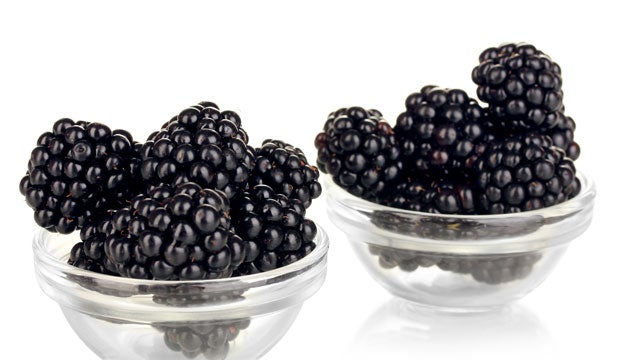
Antioxidants such as vitamins A, C, and E help protect against oxidative stress and free radicals that form in the body during strenuous —and berries are one of the best sources out there, says Lewin. (Bonus: Eating lots of antioxidants also seem to help preserve muscle strength as you age, according to a 2009 study.)
“Choose berries with the most intense colors—blackberries, raspberries, blueberries—because they have more of those phytochemicals and protective substances,” she says. Toss them into a smoothie, add them to your morning cereal, or just eat them by the handful. Aim to eat berries (and other fruits) from across the color spectrum, Lewin adds, to ensure that you’re getting a wide variety of antioxidants and nutrients.
Salmon
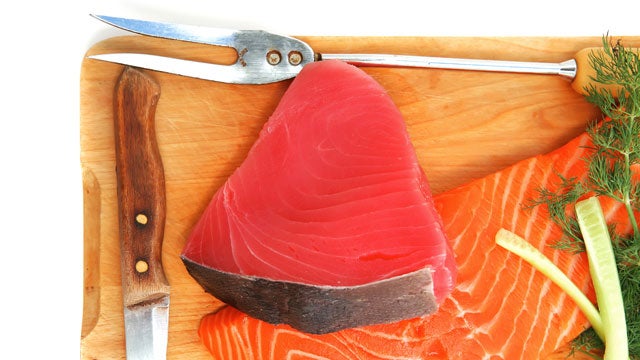
Oily fish like salmon, mackerel, and trout are good sources of lean protein and omega-3 fatty acids, which help reduce inflammation that can hamper athletic performance and contribute to chronic conditions like heart disease. Wild salmon generally contains fewer cancer-causing chemical contaminants than the farmed , but it can be expensive or hard to find at your grocery store; if that's the case, consider using canned wild salmon in chowders, salmon burgers, salads, or pastas. Most experts agree that eating seafood twice a week (or about 8 ounces total) is a good amount to reap its . And stick to the fish instead of pills: A 2013 study () found that too much fish oil in a man’s diet may raise his risk for prostate cancer, though the actual cause may be rancid oil.
Beans and Legumes
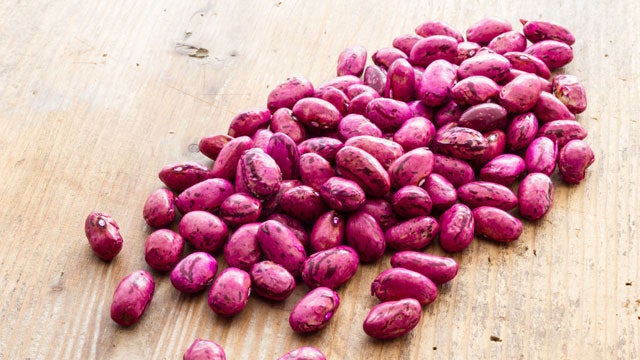
For vegetarian athletes (or those who just want to go meatless once and a while), plant-based sources of protein are a must. These include soybeans (and tofu), lentils, peas, and all varieties of beans—black, pinto, white, kidney, you name it. “Most people don’t eat enough of these or they say they don’t like them,” says Lewin. “But really, you can do so much with them: add them into salads, make a three-bean chili, eat hummus… you don’t have to just eat them straight out of a can every day.”
Beans may not be the protein powerhouse that steak or poultry is—a cup of black beans has about 220 calories and 15 , versus 185 calories and 35 grams of protein for 4 ounces of . But unlike animal protein, beans have no saturated fat and are also a good source of fiber, which can help keep you feeling fuller for longer.
Pasta
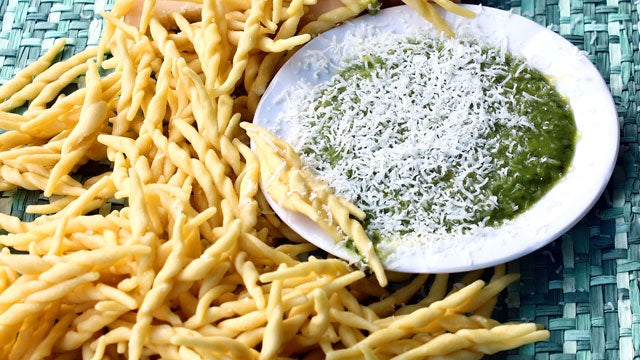
Protein may be important for building muscle, but carbohydrates are still the single most important component of an athlete’s diet. “Our bodies burn carbs as fuel,” says Jill Pluhar, R.D., a nutritionist with Brigham and Women’s Hospital in Boston. “We can also burn fat or protein, but we have to convert them into carbs first, which is more work for the body.”
So what kind of carbs should you eat? Most of the time, whole-grain varieties are best. They have more fiber and, usually, less added sugar than their refined white counterparts. The night before a big competition, though, switch to the simple stuff—plain pasta with red sauce at a pre-race pasta party, for example. “Fiber takes a while to get through your system and it can contribute to gastrointestinal distress, so reducing it before a big athletic event can help things run more smoothly,” says Pluhar.
Bananas
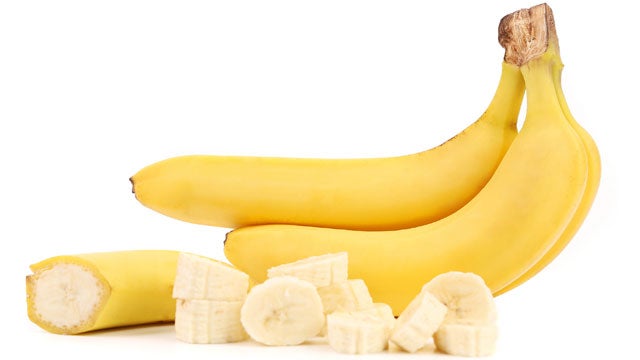
At about 100 calories apiece, bananas are a great source of easy-to-digest sugar and natural electrolytes. “They may not be as convenient as bars or gels, but they’re a good option for people who are looking for a natural, less-processed alternative that basically does the same thing,” says Pluhar. They’re also a favorite post-event recovery food, and for good reason: One medium banana contains , which your body needs to regulate fluids and prevent muscle cramps and spasms. Because you sweat out potassium during physical activity, it’s important to replenish as soon as possible afterward.
Cruciferous Veggies
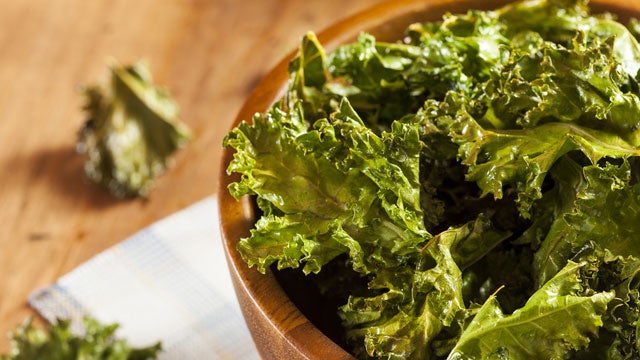
All vegetables are good vegetables when it comes to providing the vitamins and minerals your body needs for optimal performance. But some—including dark, leafy greens and members of the cruciferous family (like broccoli, cauliflower, brussels sprouts and kale)—have higher concentrations of antioxidants, fiber, and other important nutrients. As with fruits, it’s important to eat a variety of different colors, says Lewin—but, as a general rule, “darker is usually better.” One exception? Cauliflower, which holds its own against its colorful cousins in terms of health benefits and antioxidant properties.
Nuts and Nut Butter
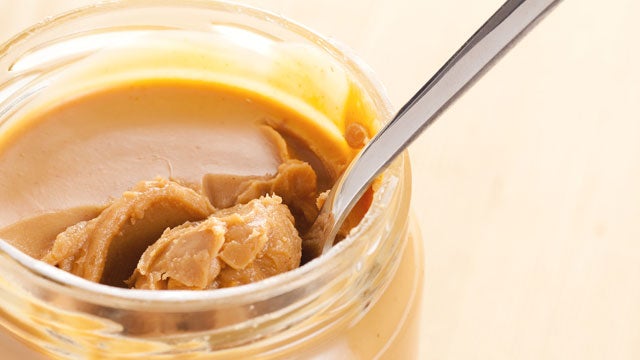
Because they’re a natural combination of protein and healthy fats, nuts (and nut products) are a staple in many athletes’ diets. They’re also easy to digest, says Pluhar, and can help balance your blood sugar when paired with carbs. “If you were to eat a bagel all by itself, it would turn to sugar pretty quickly and you’d use up all of that energy right away,” says Pluhar. “But if you put some peanut butter or almond butter on that bagel, the protein and fat can help sustain those carbs over a longer period of time, in a non-invasive way that doesn’t upset your stomach.”
Chocolate Milk
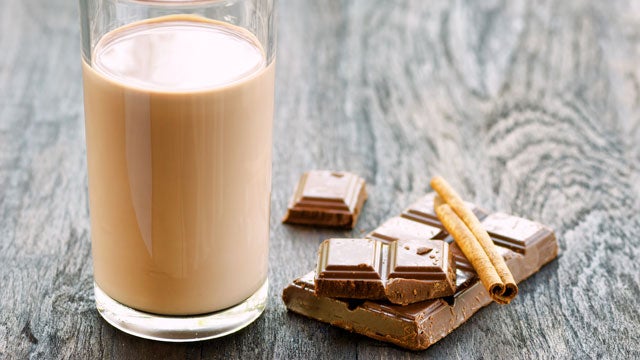
Contrary to popular belief, you don’t need massive amounts of protein after a workout. “What you really need for recovery is simple carbs with a little bit of protein—about a four or five to one ratio,” says Lewin. You could find that in some store-bought drinks, she says, or you could mix up a glass of low-fat chocolate milk and get the same benefits. Plus, the caffeine in chocolate dilates and relaxes blood vessels, helping oxygen-rich blood reach your muscles more quickly and easily. Lewin’s other favorite recovery drink? Tart cherry juice, which has been shown to help prevent inflammation and reduce muscle soreness.


